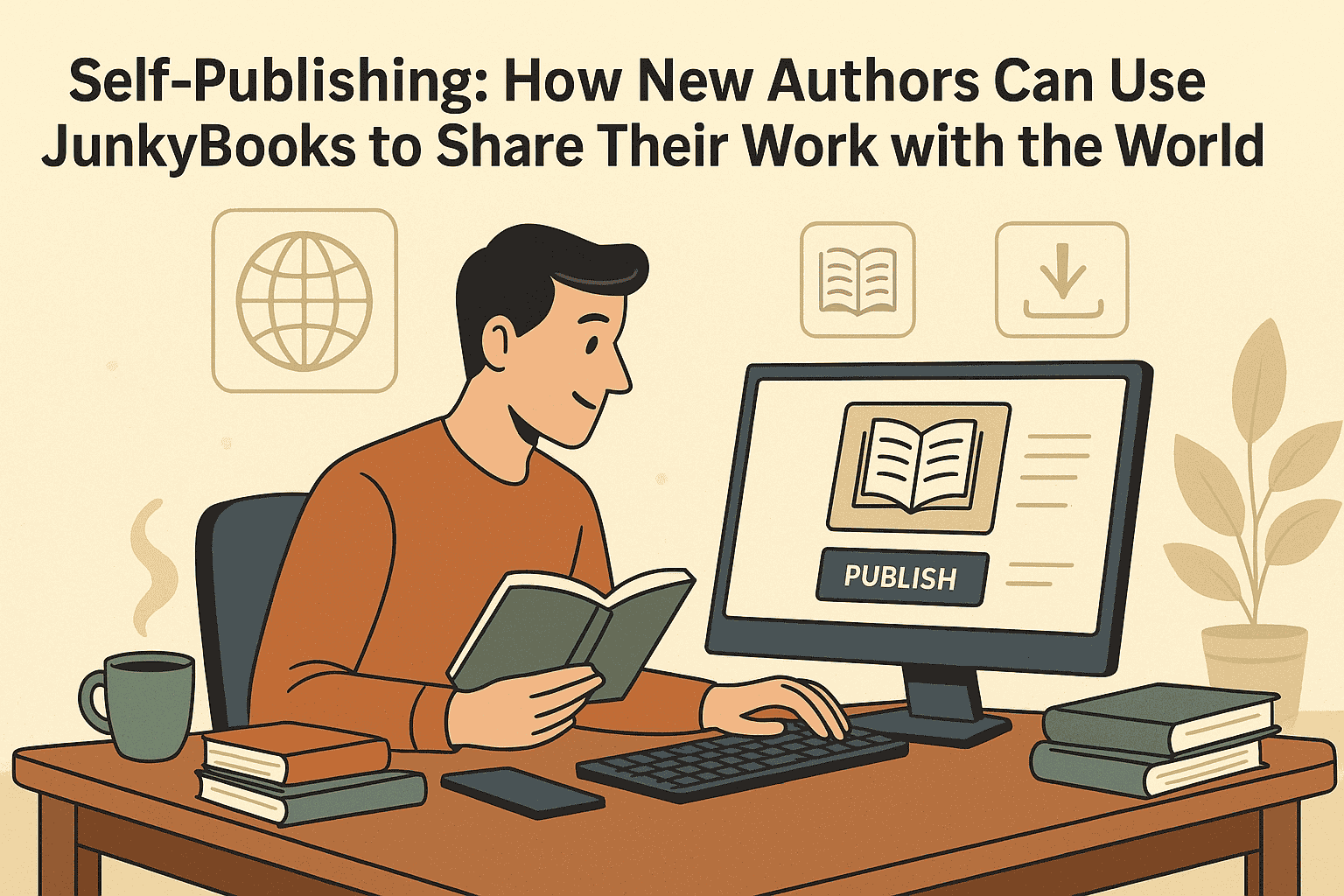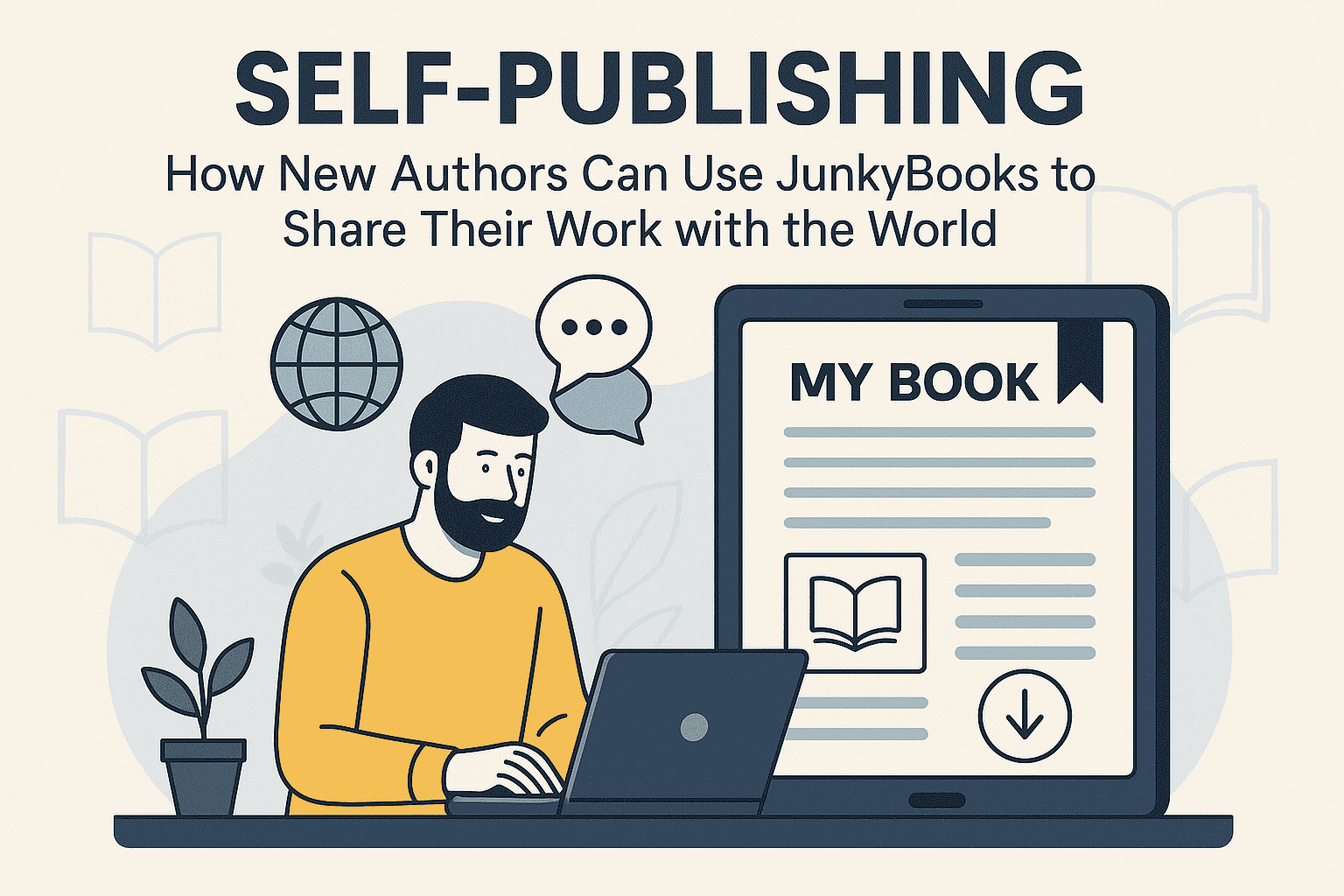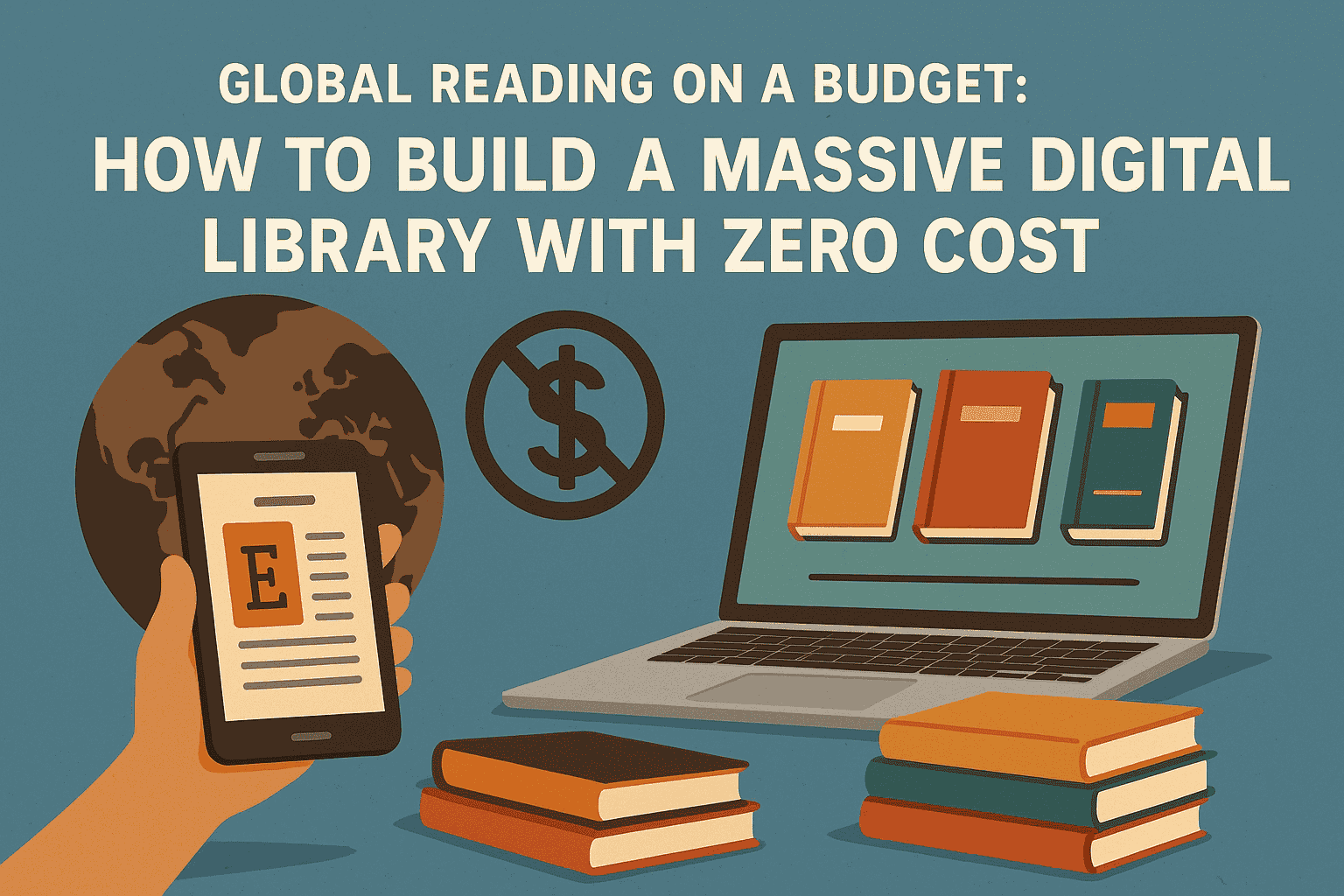The Role of Influencer Marketing in Promoting Tech Products
In the fast-paced world of technology, where new gadgets and innovations emerge almost daily, it’s no longer enough for brands to rely solely on traditional advertising. Today’s tech-savvy consumers demand more authenticity, personalization, and credibility before making a purchase decision.
Enter influencer marketing—a powerful promotional strategy where brands collaborate with social media personalities, tech reviewers, YouTubers, and bloggers to reach target audiences more organically. For tech companies, influencers offer a direct channel to engaged, knowledgeable, and loyal communities.
This article explores how influencer marketing is transforming the tech industry, what makes it effective, and how brands can leverage it to drive product awareness and sales.
Why Influencer Marketing Works for Tech Products
1. Trust and Credibility
Influencers have spent years building trust with their audiences. Their followers look to them for advice, honest reviews, and expert opinions—especially in industries like technology, where products are often complex and expensive.
A tech influencer unboxing the latest smartphone or reviewing a new piece of software can feel more genuine and relatable than a corporate advertisement. This peer-to-peer recommendation makes influencer endorsements more persuasive than traditional marketing messages.
2. Reaching Niche Tech Audiences
From gaming laptops and drones to productivity apps and smart home devices, tech influencers cover a wide range of niches. Brands can tap into:
-
Gamers and streamers
-
Software developers
-
Tech bloggers and vloggers
-
Enterprise tech experts
-
DIY hardware reviewers
Each influencer speaks directly to a specific community. This allows brands to target their campaigns with precision and relevance, increasing conversion rates and ROI.
3. Showcasing Product Features Through Real Use
Unlike TV commercials or digital banners, influencer content often demonstrates products in real-life settings. Whether it’s a YouTuber testing a gaming mouse in a tournament or a tech Instagrammer showing how a smartwatch fits into their daily routine, influencers bring products to life.
This visual, hands-on content helps potential buyers understand how the product works, what it looks like, and how it solves specific problems—boosting confidence in purchase decisions.
Influencer Marketing Formats for Tech Brands
There are many ways tech products can be promoted through influencer marketing:
1. Unboxing Videos
These are especially popular on platforms like YouTube. Influencers unbox new gadgets on camera, showing first impressions, packaging, design, and basic setup. Unboxing builds anticipation and excitement, especially for product launches.
2. Tutorials and How-To Guides
Complex tech products often require guidance. Influencers create tutorials that explain:
-
How to set up a device
-
Tips and tricks for using software
-
Troubleshooting common issues
This content is not only informative but positions the product as user-friendly and valuable.
3. Product Reviews
Long-form reviews, either written or in video format, give in-depth insights into product performance, pros and cons, and comparisons with competitors. These reviews influence purchasing decisions directly, especially when published by credible tech voices.
4. Sponsored Posts and Giveaways
Sponsored posts on Instagram, TikTok, or Twitter help raise quick awareness, while giveaways attract engagement and allow new customers to experience the product first-hand, creating word-of-mouth buzz.
5. Livestreams and Q&A Sessions
Influencers hosting live sessions with brands can answer audience questions in real-time, demonstrate features, and offer exclusive promo codes. This interactive format boosts trust and provides direct communication with potential customers.
Case Studies: Influencer Success in Tech
1. OnePlus and Community-Led Growth
OnePlus built its brand by engaging with tech influencers and creating buzz in online communities. Instead of mainstream ads, it relied on YouTubers, Reddit users, and bloggers to share early reviews, making the brand feel grassroots and authentic. This helped OnePlus grow into a major player in the smartphone market.
2. Logitech and Gaming Influencers
Logitech collaborates with top gaming streamers and YouTubers to showcase their gear. By targeting the gaming community through Twitch and YouTube, they reach highly engaged audiences who trust these influencers’ equipment choices.
3. Adobe and Creative Professionals
Adobe partners with designers, videographers, and photographers on platforms like Instagram and Behance. These creators showcase Adobe software in action, reinforcing its value to other creatives. This kind of influencer content is educational and inspirational, increasing brand loyalty.
Choosing the Right Influencers
Not all influencers are created equal. For tech brands, selecting the right partner is key. Consider the following:
-
Relevance: Do they create content that matches your product category?
-
Engagement: Is their audience active and responsive?
-
Credibility: Are they known for honest reviews and expert opinions?
-
Platform: Are they most effective on YouTube, TikTok, Instagram, or another channel?
Sometimes micro-influencers (with 10K–100K followers) are more effective than big-name influencers due to higher engagement and niche appeal.
Measuring Success in Influencer Marketing
Brands should define KPIs before launching campaigns. Common metrics include:
-
Engagement rate (likes, comments, shares)
-
Click-through rate (CTR)
-
Use of promo codes or affiliate links
-
Increase in website traffic
-
Sales conversions
Long-term partnerships can also lead to brand ambassadors, who serve as ongoing voices for the product, increasing brand trust over time.
Ethical and Legal Considerations
It’s essential for influencer partnerships to be transparent. Sponsored content should include clear disclosures such as #ad or #sponsored to comply with regulations from bodies like the FTC. Authenticity is crucial—audiences respond poorly to inauthentic promotions or misleading claims.
The Future of Influencer Marketing in Tech
As technology becomes more integrated into daily life, influencer marketing will evolve in new directions:
-
Virtual influencers powered by AI and CGI
-
Metaverse marketing and immersive brand experiences
-
Live shopping and real-time demos
-
Niche B2B influencers in enterprise tech
Tech companies that understand these trends and invest in influencer partnerships will continue to gain competitive advantage in crowded markets.
Conclusion
In the digital era, influencer marketing has become a cornerstone of tech product promotion. By leveraging the trust, reach, and content creativity of tech influencers, brands can educate consumers, build excitement, and accelerate adoption.
Whether it’s a software tool, wearable device, or next-gen gadget, partnering with the right influencers can turn a launch into a movement and a product into a household name.






